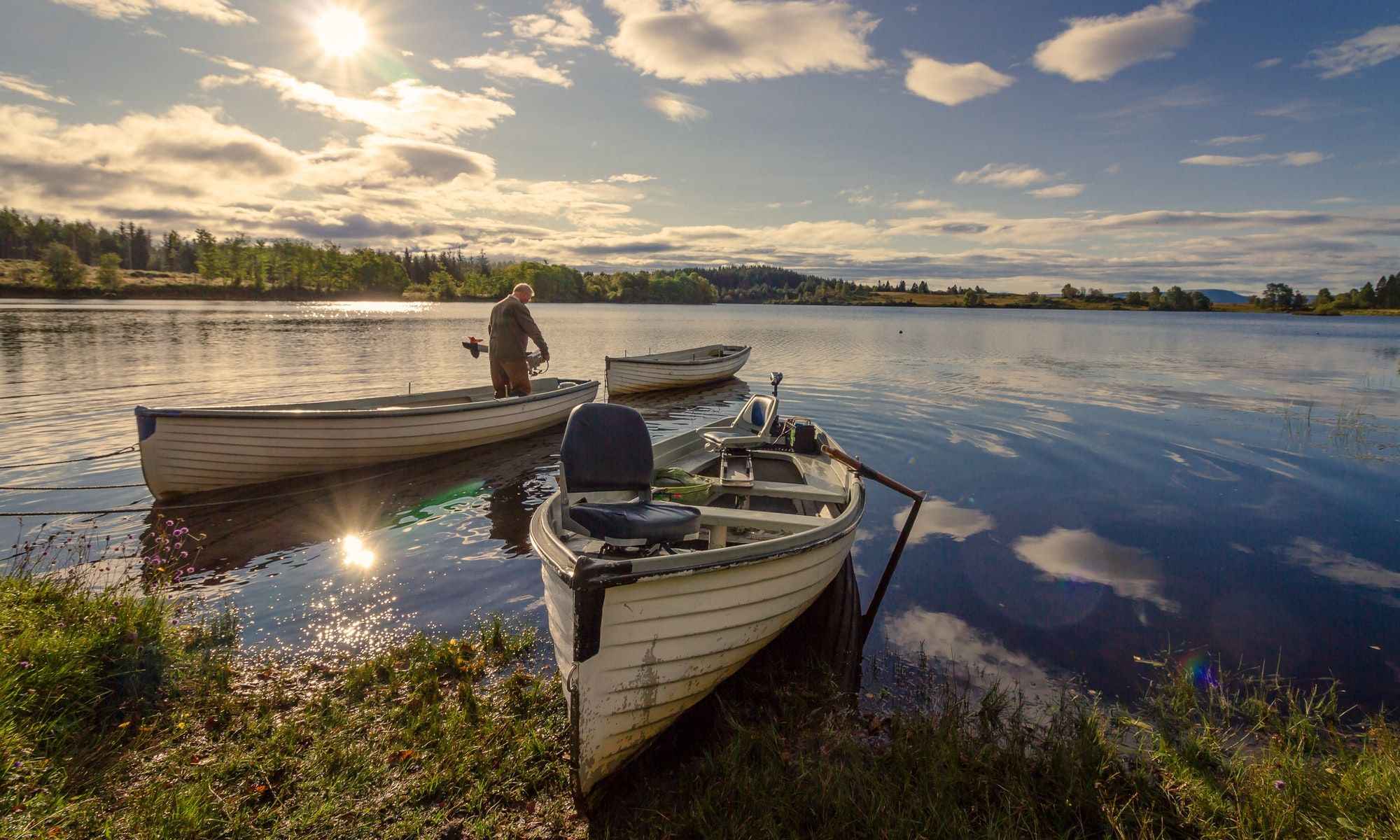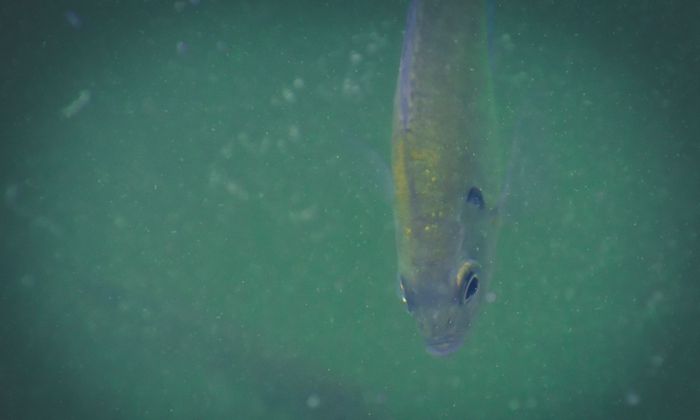Murky Water versus Clear Water Baits
Challenge your fishing skills, but first, see the difference between clear water and murky water fishing.

One of the major choices you'll have to make when out in the water is deciding what lure to use, and the water's clarity plays a major role in what tackle and technique you choose. This can be made more confusing because of the numerous varieties of lures in the market today. Luckily, with the right strategy in hand, you can easily narrow down your choices.
If you're ready, let's take a look at your options of baits for murky water and clear water baits.
Clear Water
In clear waters, fish have greater visibility, and gamefish with good eyesight won’t be easy to fool. It’s therefore critical to your success to choose lures that imitate your targets species. In other words, the tried and tested tactic of matching the hatch is important in clear waters. However, it's important to note that when there's good visibility in the water, fish are also warier and spook easily.

Natural colors are your best bet when it comes to lures, especially when using crankbaits. Lures that mimic shad, bluegill, perch, or crawfish work well for most situations in clear water. Opting for lipped crankbaits with a round bill means that your lure’s entry will be much quieter and less chance of spooking the fish away. Remember, visibility is good so you don’t want your lure to stick out unnaturally in the water. If you decide to fish a crankbait, try to use a thinner line so that the crankbait can dive deeper while remaining almost invisible at the same time.
Now if you choose to use spinnerbaits, you’ll need to take advantage of the flashiness of the blades to create attention. These lures create reflections that mimic the sun bouncing off a baitfish's skin moving through the water. Single or double willow blades with shad patterns that are white or silver are a good option to explore.
Since visibility is high, you need to be as subtle as possible with your presentation, opting for lures that won’t look out of place. If you’re using jigs with trailers, you’ll need realistic variants that look like crawfish or bottom-feeding fish. If you’re using topwater lures, go for walking sticks, and poppers that spit as opposed to those that chug. When it comes to soft plastics, go for neutral colors such as greens and browns with a subtle action.
Using fast-moving baits in clear water can likewise help attract aggressive strikes. Fish are nervous in high visibility, but will also be more interested in lures that appear enticing as well. In line with this, you’ll want to keep your lures downsized so that fish don’t have enough time to inspect them. Keeping lures small allows them to move quickly through the water as well.
Murky Water

When the water’s dirty and murky, an angler’s success is compromised. No matter what type of gamefish you’re angling for, as long as the fish rely on sight to hunt their prey, the limited visibility will force hunters to rely on their lateral line to identify prey instead. Whether you’re after brown trout, Northern pike, walleye, or largemouth bass, anglers will be challenged with their presentations. Fishing in murky water can get so tough that you literally have to put lures right in front of the fish’s face. Sometimes, the water is so murky that it might not even be worth fishing in. Remember though that muddy conditions are a new environment for the fish, so they will behave differently than what you’re used to. Therefore, it's also vital that the angler adapts just as their gamefish does.
The main goal of an angler is to create an attention-grabbing lure and since the visibility is limited, this will have to play toward the fish’s lateral line that detects sounds and vibration. Therefore, crankbaits are especially useful, particularly those that create loud rattling or wobbling noises. Bright-colored crankbaits are an excellent choice as well which helps it cut through the murkiness. If using a lipped crankbait, squarebills are a better choice, because they create wider wobbles.

Just like with crankbaits, spinnerbaits are a great option for murky water and ideal for largemouth bass and redfish. It's best to stick to spinnerbaits that have a single but large Colorado blade, as this helps the fish move in on a very pronounced thump. You’ll likewise want to stick to bright skirt colors like chartreuse or red. The combination of the flash from the blades and the vibration of the lure's movement through the water helps fish find your spinnerbait even in water with the poorest visibility.
If you’re more into buzzbaits, clackers and chuggers are also an option worth considering for making a commotion on the water. These loud baits make attention-grabbing sounds that can draw in fish from a long way around.
Apart from sounds, slowing down your presentation is also an alternative way of making sure that fish can find your lure. A jig with a trailer and rattle is a great right to use in murky waters, and you’ll want to opt for a jig with a heftier profile so that it can be more visible in the water where the fish can find it. Trailers with plenty of action are preferred because any lure with appendages works well in murky water. Dark blacks and blues help the profile stand out better against the milky water as well.
Remember, with the right approach, muddy water can work to your advantage since it can help conceal your lures and also allows you to get more creative with your techniques and presentations. However, when the water is cold (50º Fahrenheit or less), the fishing may not be worth it.
Final Word
As we have seen, you can virtually use the same types of lures and baits in both clear and murky waters. Water with good visibility basically requires realistic lures while murky water needs vibration and attention-grabbing techniques. We hope these basic tips will help you catch your gamefish whether you're in clear or murky waters.



